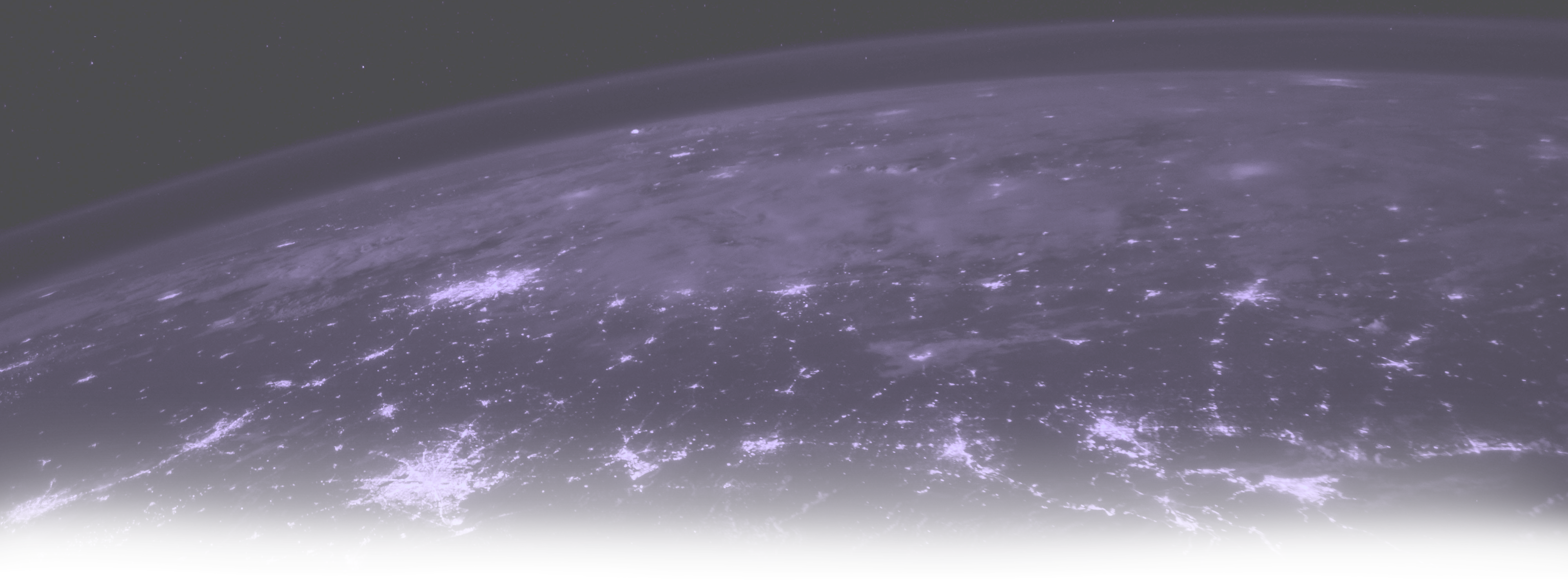Merfolk
Ah, I'm Station-born, if you want to talk about Onnessian merfolk culture you'll have to talk to somebody else.Merfolk is a sapient species native to the planet of Onnesso. They used to live on the bottom of the oceans of the planet and very rarely left it before visitors from The Station arrived.
Magic
There are two more sapient species native to Onnesso, the Welfolk and the Ertfolk.
These three species very rarely interacted before they were visited by aliens. After the aliens arrived and struck several different kinds of agreements with the species, the three of them started interacting more to fulfil the agreements. This was both good and bad. With more interactions more conflicts started happening but also some groups started to cooperate and brought advances to the planet. One of these advances was the use of non-genetic magic.
While the entire universe can use Essence magic, the people of this planet hadn’t figured out the use of it. This magic revolutionized life on Onnesso.
Home Planet
Onnesso
Average Height
175cm in bipedal form, 212cm with tail form
Average Lifespan
178 years
Anatomy
The merfolk have a torso with a long neck connected to a somewhat proportionate head. Most of them have hair on the top of their heads. Their hair is pretty coarse. They have two eyes of varying shapes. A nose with two nostrils that they can close and open at will. They have a mouth with sharp teeth to consume other sea life. They have fins of different opacity, depending on the individual, on the left and right sides of their faces. Their ears are placed inside their head behind their eyes and as such, they can mostly only hear while they are in water.
Reproduction & Genetics
Merfolk reproduction is a communal affair, with females laying eggs in special reefs protected by the shoal. This event occurs annually, following a series of ceremonies that vary from shoal to shoal. Each female lays between 50 and 500 eggs, which are then sprayed on by the males, fertilizing the eggs. The eggs and sperm must possess sufficient genetic diversity to form a viable zygote. This prevents inbreeding. Female merfolk have a limited number of reproductive cycles, typically between 5 and 10, while males can fertilize eggs up to 18 times in their lifetime. Merfolk society places a high value on reproduction, viewing those who choose not to participate as immature or misguided. This cultural expectation creates significant social pressure on individuals. There are many races of merfolk around the planet. All these have visible differences but very rarely any genetic differences. This suggest a relatively recent divergence in their evolutionary history. Though, they have no records of this history.Growth Stages
The eggs will take about 8 months to hatch. In the month before the hatching there will be many ceremonies where prospective parents are picking out the eggs that they want. Couples can pick eggs depending on if at least one person in the couple have contributed to the clutch. If there are viable eggs that are unclaimed after all contributing couples have picked eggs, they are given to other couples or placed in communal "orphanages" until they can be adopted. Upon hatching, the young merfolk enter the larval stage, which lasts about four months. During this time, they are small and still retain some of the yolk from their eggs. At this stage, they are bi-gendered, with no fixed sex. Between month 4 and 1 year they are called an alevin and this stage lasts until they are around 1 year old. During this period, they begin to develop more distinct physical characteristics and gradually lose their yolk. The fry stage lasts until they are about 25 years old, at which point they undergo the "First Rite" ceremony, marking their transition into adulthood and preparing them for participation in the reproductive cycle.Gender
Merfolk are born intersex, with the ability to change gender multiple times during their lives. This allows them to adapt to the needs of their shoal or personal desires. Gender changes are often triggered by environmental factors, social pressures, or personal choices. It’s not uncommon for merfolk to change gender more than five times over their lifespan. Despite this flexibility, there is a cultural bias against nonbinary merfolk. Such individuals are often viewed as juvenile, a perception that is exacerbated if they also choose not to participate in reproductive ceremonies.Visiting land
While on land the Merfolk have to keep themselves moisturized by soaking in water at least once a day. For at least an hour. Otherwise their scales will start to peal. They also need to ingest at least 5 litres of water a day. Merfolk can usually only be found on Onnesso, but there are currently several merfolk living on The Station. Several merfolk have even been born on The Station. Most groups of Merfolk on Onnesso have complicated feelings about the Merfolk born off planet. Or even those born from "land" on Onnesso.Common names
These names are mostly used on the planet of Onnesso in the largest Merfolk cultures. Merfolk born on other planets who are still orginally from Onnesso might have other kinds of names.A
Abyss, Atoll, Algae, Abalone, Alluvium, AnchorB
Basin, Bayou, Bubble, Bay, Beach, Brook, Blizzard, Brine, Bog, BeckC
Creek, Canal, Crystal, Cove, Canyon, Cloud, CascadeD
Dam, Delta, Dew, Dive, Drizzle, Dock, Drop, Droplet,F
Foam, Flood, Frost, Flow, Fog, Fjord, Fluvial, Ferry, FathomG
Glitter, Glacier, Glow, Gorge, Geyser, Geyserite, Gravel, Gale, Gallon, Gully, Gill, GulfH
Hurricane Hoarfrost Hail Humid HarborI
Ice, Inlet, Isobar, IsletK
Kelp, Key, Krill, KettleL
Lagoon, Laguna, Lake, Loch, LucentM
Monsoon, Mist, Mud, MarshO
Ocean, Oasis, Oyster, Overcast, OsmosisP
Pond, Pool, Pour, Pipe, PuddleR
Rain, River, Rime, RivuletS
Sand, Sea, Spark, Shimmer, Shine, Saline, Shore, Steam, Spring, Stream, Slush, Surf, SnowT
Tide, Typhoon, Torrent, Trickle, TarnV
Vapor, Valence, Valley, Vessel, Vortex, VirgaW
Wade, Water, Waves, Weir, Well, WhitewaterRemove these ads. Join the Worldbuilders Guild



Comments